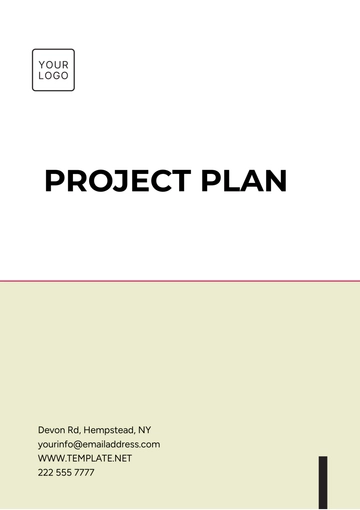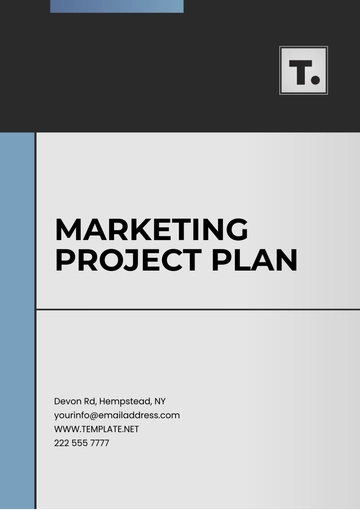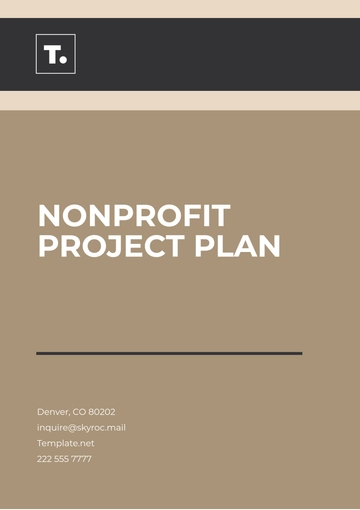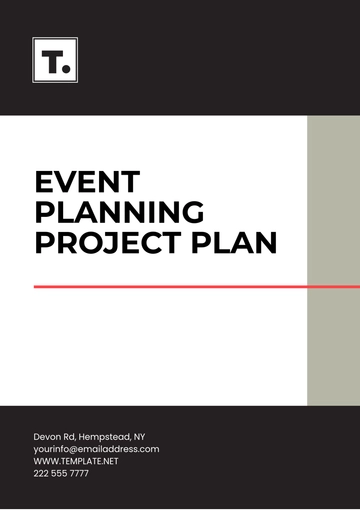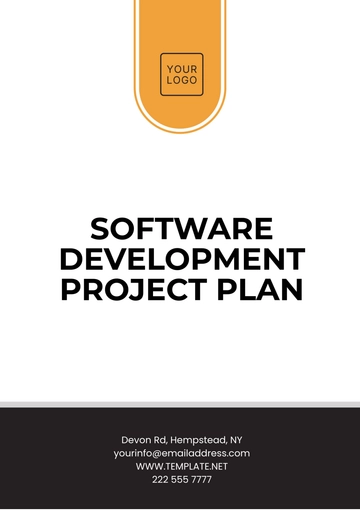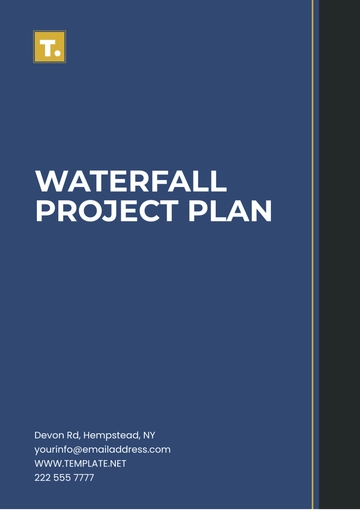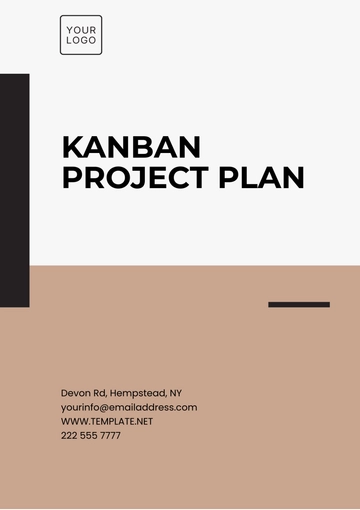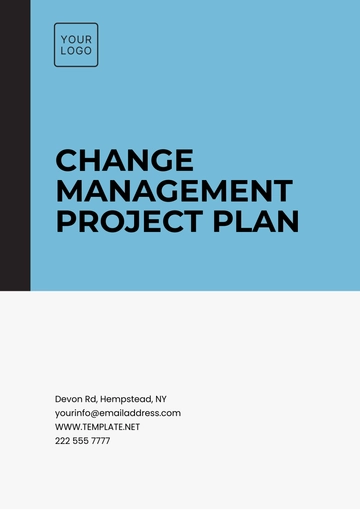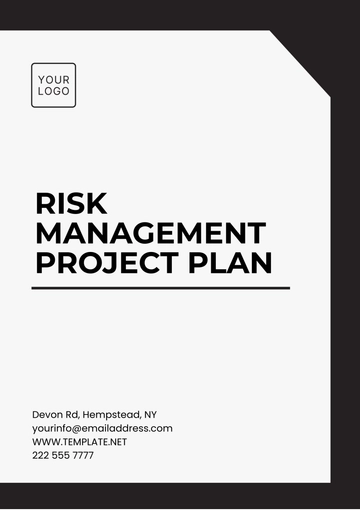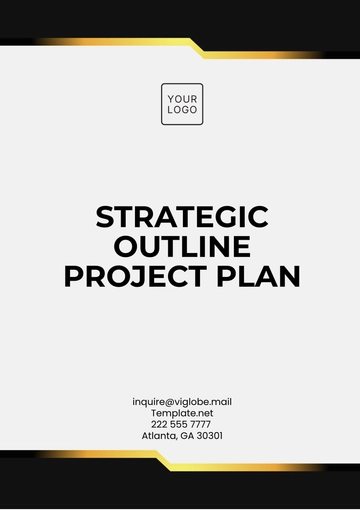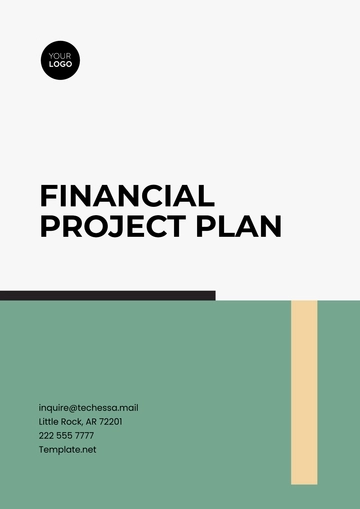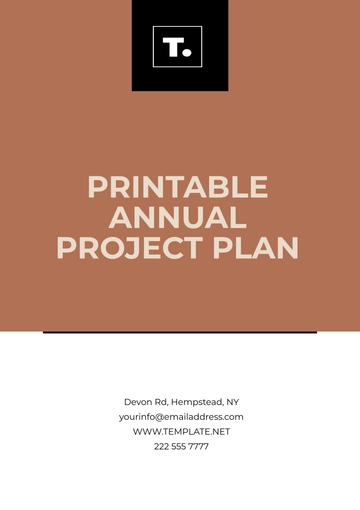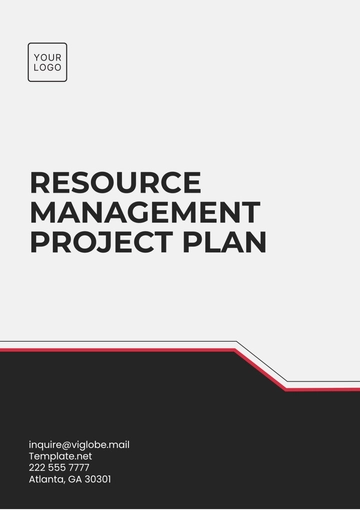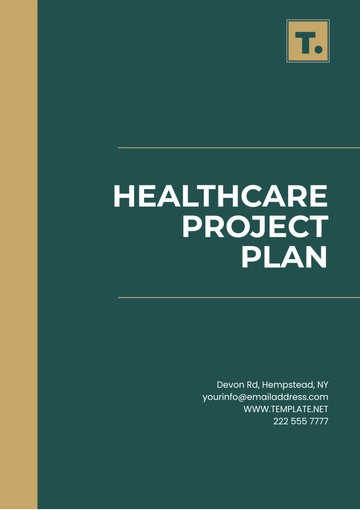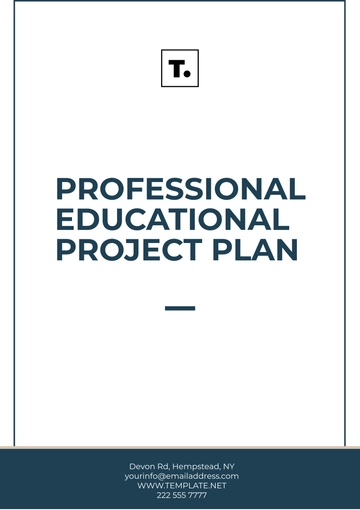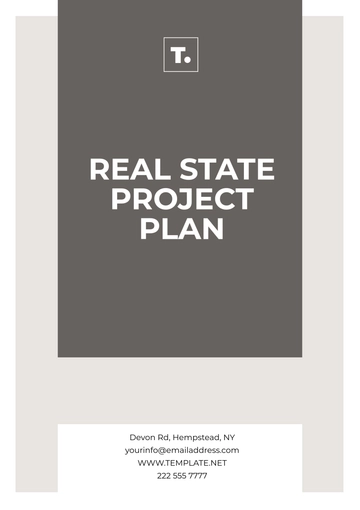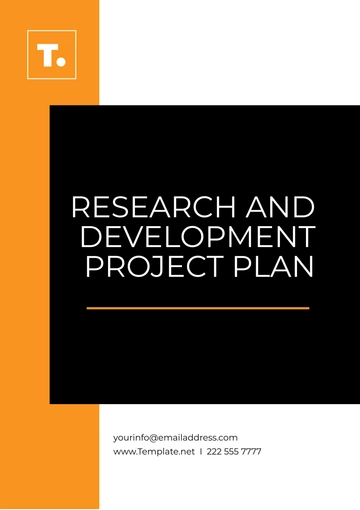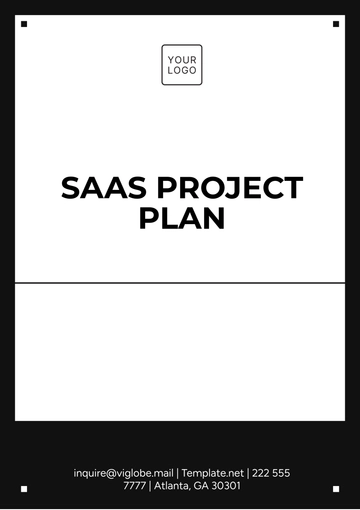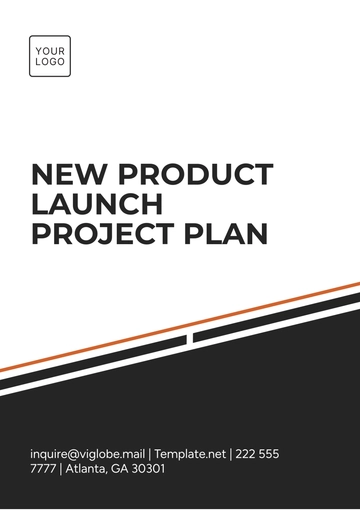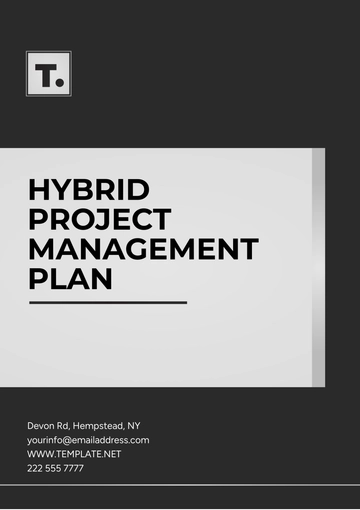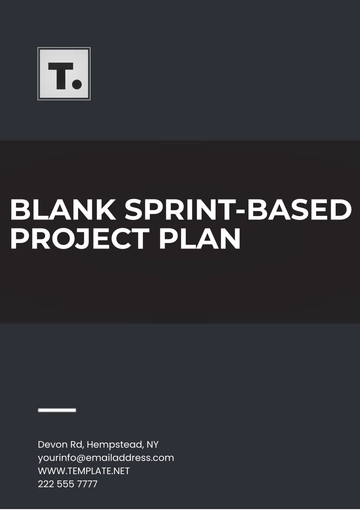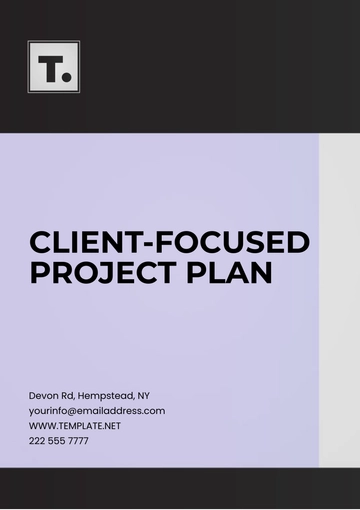Free Operations Staff Engagement and Retention Project Plan
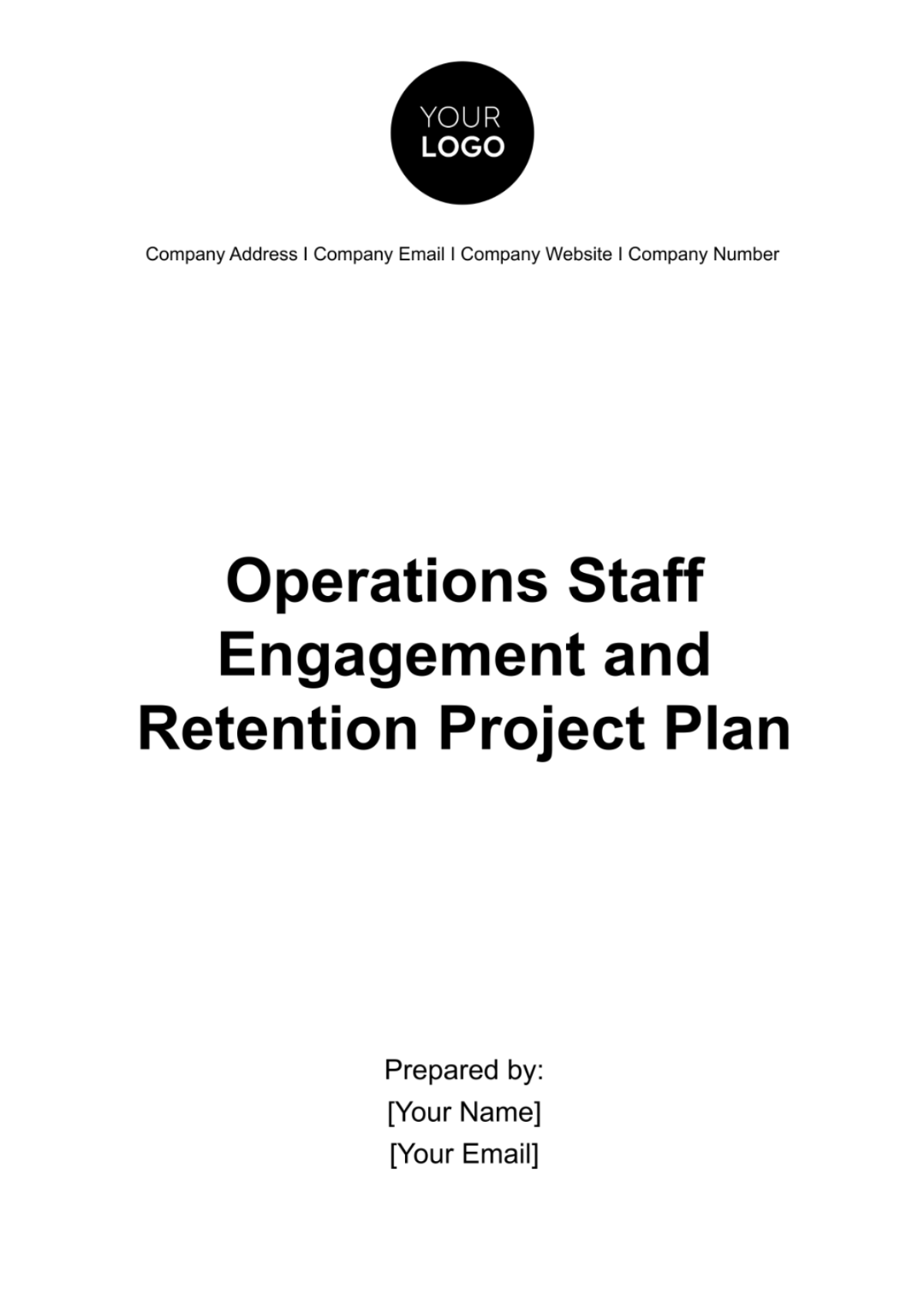
Prepared By: | [Your Name] |
Company: | [Your Company Name] |
Date: | [Date] |
Project Overview
This Operations Staff Engagement and Retention Project Plan aims to enhance employee satisfaction, engagement, and retention within the operations department. By focusing on key areas such as job satisfaction, career growth, recognition, and communication, this plan intends to reduce turnover rates, boost morale, and increase productivity. The implementation of this plan will align with broader organizational goals, ensuring that operations staff remain motivated, committed, and aligned with the company's objectives.
Project Objectives
Increase Employee Engagement: Foster a workplace where employees feel valued, heard, and motivated to contribute.
Improve Retention Rates: Minimize turnover by addressing key issues that lead to staff dissatisfaction and disengagement.
Enhance Communication: Strengthen two-way communication between staff and management, ensuring that employees are informed and their concerns are addressed.
Foster Professional Development: Provide opportunities for employees to grow and develop in their careers within the organization.
Create a Positive Work Environment: Establish a supportive, inclusive, and healthy work culture where employees feel comfortable and confident in their roles.
Key Actions and Initiatives
1. Employee Recognition Programs
Action: Implement monthly and quarterly recognition programs to acknowledge outstanding performance, team achievements, and individual contributions.
Timeline: Ongoing with monthly and quarterly milestones.
Success Metric: Increase in employee satisfaction surveys and overall engagement scores.
2. Career Development Opportunities
Action: Provide training programs, mentorship, and career development pathways to encourage skill growth and advancement.
Timeline: Initial program launch within 3 months, ongoing training and mentoring throughout the year.
Success Metric: Higher promotion rates within the department and greater participation in training programs.
3. Employee Feedback and Communication Channels
Action: Establish regular feedback sessions, such as monthly one-on-one meetings with supervisors, to discuss career goals, challenges, and suggestions for improvement.
Timeline: Ongoing, with quarterly review points for overall feedback trends.
Success Metric: Improvement in employee feedback satisfaction and decreased complaints regarding communication issues.
4. Work-Life Balance Initiatives
Action: Introduce flexible work arrangements, wellness programs, and social activities to promote a healthy work-life balance.
Timeline: Immediate implementation of flexible work options, and wellness initiatives in the next 6 months.
Success Metric: Increased employee retention rates and reduced absenteeism.
5. Team Building and Social Engagement
Action: Organize quarterly team-building activities, social events, and community volunteer opportunities to strengthen relationships and morale.
Timeline: Quarterly events throughout the year.
Success Metric: Improved team collaboration and stronger interdepartmental relationships.
Project Timeline
Action | Start Date | Completion Date | Owner | Success Metric |
|---|---|---|---|---|
Employee Recognition Programs | Ongoing | Ongoing | HR & Operations | Monthly and quarterly employee satisfaction increase |
Career Development Opportunities | 3 months | Ongoing | HR & Department Leads | Increased promotion rates and training participation |
Employee Feedback and Communication | Ongoing | Ongoing | Operations Managers | Higher employee feedback satisfaction |
Work-Life Balance Initiatives | Immediate | 6 months | HR & Operations | Reduced absenteeism and higher retention rates |
Team Building and Social Engagement | Quarterly | Ongoing | HR & Operations | Enhanced team collaboration and morale |
Roles and Responsibilities
Human Resources (HR) Team: Oversee the planning and execution of training programs, recognition initiatives, and work-life balance efforts. Conduct employee satisfaction surveys and feedback sessions.
Operations Managers: Lead communication efforts, monitor engagement levels, and facilitate regular one-on-one meetings with staff. Ensure that team-building and retention strategies are implemented effectively.
Supervisors and Team Leaders: Provide direct feedback to staff, manage daily operations while promoting a positive work environment, and track performance within their teams.
Executive Leadership: Approve and support the strategic direction of the engagement and retention plan, ensuring it aligns with organizational goals.
Evaluation and Success Metrics
To measure the success of the Operations Staff Engagement and Retention Project Plan, the following metrics will be tracked:
Employee Retention Rates: Track turnover rates before and after the plan's implementation.
Employee Engagement Surveys: Conduct regular surveys to measure engagement, job satisfaction, and the effectiveness of new initiatives.
Training Participation: Measure the participation rates in career development and training programs.
Absenteeism Rates: Monitor changes in absenteeism and work-life balance outcomes.
Team Morale: Conduct regular team feedback sessions to assess the impact of team-building activities and social engagements.
Budget Estimate
Activity | Estimated Cost |
|---|---|
Employee Recognition Programs | $10,000 per year |
Career Development and Training | $15,000 per year |
Work-Life Balance Initiatives | $7,000 per year |
Team Building and Social Engagement | $5,000 per quarter |
Employee Feedback Tools & Surveys | $3,000 per year |
Total | $50,000 per year |
Conclusion
This Operations Staff Engagement and Retention Project Plan is designed to ensure that the organization retains its talented workforce, improves overall productivity, and fosters a positive work environment. By implementing a variety of initiatives such as recognition programs, career development opportunities, and open communication channels, the organization will build a more engaged and satisfied workforce, ultimately contributing to long-term operational success.
- 100% Customizable, free editor
- Access 1 Million+ Templates, photo’s & graphics
- Download or share as a template
- Click and replace photos, graphics, text, backgrounds
- Resize, crop, AI write & more
- Access advanced editor
Prioritize staff engagement and retention with Template.net's Operations Staff Engagement and Retention Project Plan Template. This comprehensive and customizable template, editable with our AI editor tool, facilitates the development of strategic initiatives to boost employee satisfaction and loyalty. Streamline project planning, set milestones, and track progress to foster a positive workplace culture. Empower your team and reduce turnover. Start building a happier, more productive workforce today!
